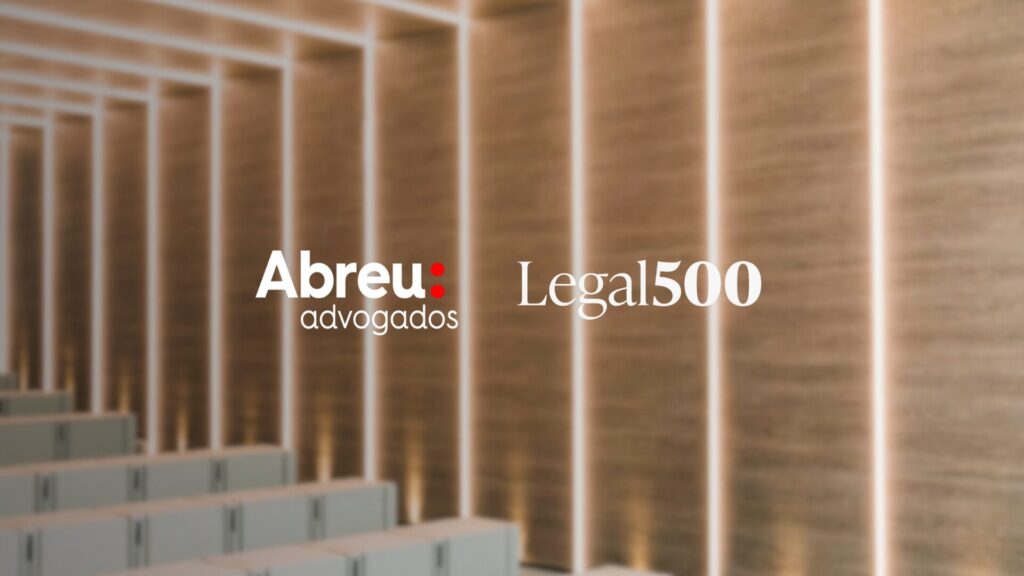A Price is a Price – Transfer Pricing and Value Added Tax: Reflections on CJEU Arcomet Towercranes (C-726/23)
The recent judgment of the Court of Justice of the European Union (C-726/23, Arcomet) marks an important step in clarifying the intersection between transfer pricing adjustments and VAT rules. While the Court itself did not use the phrase, the decision can be summed up in a simple takeaway: “a price is a price.” In other words, when the contractual arrangement between related parties establishes that the remuneration for services is subject to transfer pricing adjustments, any end-of-year corrections arising from the application of such rules are still to be considered as the consideration for the services supplied, and therefore remain subject to VAT.
This holding is particularly relevant for multinational groups, where intragroup agreements often foresee retroactive adjustments to ensure that subsidiaries’ profits fall within an arm’s-length range. The decision makes clear that such adjustments cannot be isolated from VAT compliance and must be treated consistently across both direct and indirect taxation.
What Happened?
The dispute arose in the context of a Belgian parent company providing strategic, management, and operational services to its Romanian subsidiary. The services were invoiced in a way that ensured the subsidiary’s operating margin remained within a pre-agreed arm’s-length range, consistent with the transfer pricing principle.
If, at year-end, the subsidiary’s profit margin fell outside that range, an adjustment invoice was issued. The adjustment was determined using the Transactional Net Margin Method (TNMM), a commonly accepted transfer pricing methodology.
The controversy revolved around whether such year-end adjustment invoices should be treated as additional consideration for the services supplied (and therefore subject to VAT) or as mere accounting entries reallocating profits within the group.
Adding complexity, the Romanian tax authorities denied the subsidiary’s right to deduct the input VAT charged on these adjustments. They argued that there was insufficient proof that the underlying services had actually been supplied. This double issue—qualification of the adjustment and the conditions for VAT deduction—brought the matter before the CJEU.
When Are Transfer Pricing Adjustments Subject to VAT?
The CJEU clarified that transfer pricing adjustments can indeed be subject to VAT, provided certain conditions are met. The Court highlighted the following requirements:
1. Clear contractual basis – There must be an agreement between the parties expressly stipulating that the remuneration is provisional and subject to later adjustment to reflect arm’s length results.
2. Reciprocal obligations – Services must actually be supplied and paid for. An adjustment cannot be treated as a mere intra-group accounting reallocation or profit shift; it must reflect consideration for genuine supplies.
3. Substance over form – The fact that the calculation is made under transfer pricing rules for corporate income tax purposes does not exclude the transaction from VAT. What matters is whether the payment corresponds to real, beneficial services rendered.
The Court therefore rejected the view that transfer pricing adjustments are purely a matter of direct taxation. If the adjustment is linked to actual services provided, it falls within the scope of VAT.
Requirements to Claim VAT Deduction
Equally significant is the Court’s reminder that the right to deduct VAT is conditional on proper substantiation. An invoice alone is not sufficient if it lacks adequate detail or if there is no proof of the services rendered.
To claim input VAT deduction, companies must be able to demonstrate that:
• Services were actually supplied – There must be clear evidence that the parent company provided services to the subsidiary.
• The services were used for taxable activities – The subsidiary must show that it used those services in carrying out VAT-taxable operations.
• Invoices are detailed – Generic or vague descriptions of services are insufficient. Invoices should specify the type, scope, and nature of the services.
• Supporting documentation is available – Tax authorities are entitled to request evidence such as reports, timesheets, agreements, or correspondence to verify the reality of the supply.
Importantly, the Court clarified that companies are not required to prove that the services were economically indispensable or essential for their business. The only requirement is that they were in fact supplied and linked to taxable operations.
The proportionality principle applies: while tax authorities may require supporting evidence, they cannot impose disproportionate burdens on taxpayers.
Practical Lessons for Businesses
The Arcomet judgment provides valuable guidance for multinational groups and tax practitioners. The following practical lessons can be drawn:
1. Draft robust intragroup agreements – Contracts should expressly state that amounts charged during the year are provisional, and that the final price is the one resulting from arm’s length adjustments at year-end.
2. Ensure invoice clarity – Invoices should specify the nature of the services provided. Vague descriptions such as “management services” without further detail may raise red flags.
3. Maintain documentation – Companies should keep evidence such as correspondence, project reports, and work logs to substantiate the reality of the services and their use.
4. Align VAT and transfer pricing policies – VAT compliance cannot be treated in isolation from transfer pricing practices. Both must be coordinated to avoid disputes during audits.
5. Prepare for increased scrutiny – With the rise of electronic invoicing and digital reporting obligations in the EU, tax authorities will have more tools to scrutinize intragroup transactions and may more frequently challenge vague or insufficiently documented arrangements.
Why Is This Important?
The judgment reinforces a few key principles that businesses should internalize:
• Transfer pricing adjustments may trigger VAT – If adjustments are connected to consideration for services or goods, they fall under the VAT system.
• Contracts matter – Well-drafted agreements can prevent litigation and support consistent treatment for both corporate tax and VAT.
• Documentation is decisive – Even if VAT is self-assessed, weak or generic documentation can result in denied input VAT deductions.
• Future-proofing compliance – As EU tax authorities increasingly rely on digital reporting systems, businesses can expect more rigorous testing of the substance of intragroup services.
In addition to VAT, this reasoning could also have implications for customs valuation. Since customs duties are often calculated on the basis of the transaction value of goods, transfer pricing adjustments—if recognized as part of the consideration for supplies—may also impact the customs value of imported goods. This could potentially increase the amounts subject to customs duties, creating an additional layer of compliance risk for multinational groups engaged in cross-border trade.
Conclusion
The Arcomet case is a reminder that transfer pricing and VAT are not separate silos but interdependent frameworks. When services are supplied within a group, and the price is designed to be adjusted to meet arm’s length standards, any year-end true-up should be treated as additional consideration subject to VAT.
For businesses, this means that legal clarity, precise invoicing, and strong documentation are not optional—they are essential. The decision highlights the risks of overlooking VAT implications in transfer pricing adjustments and emphasises the importance of adopting a holistic approach to tax compliance.
Ultimately, the CJEU has reaffirmed that in VAT law, substance prevails over form: if the payment corresponds to real services, then a price—whether provisional, final, or adjusted—is still a price.






































